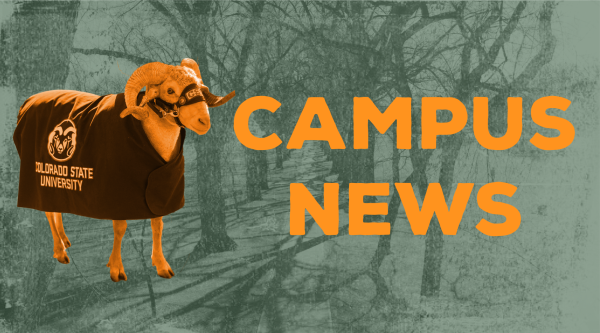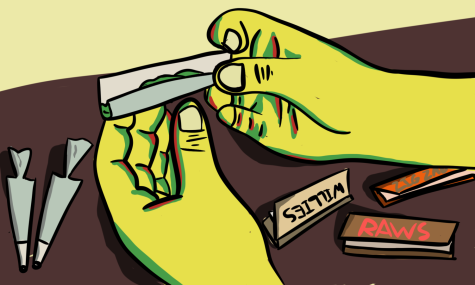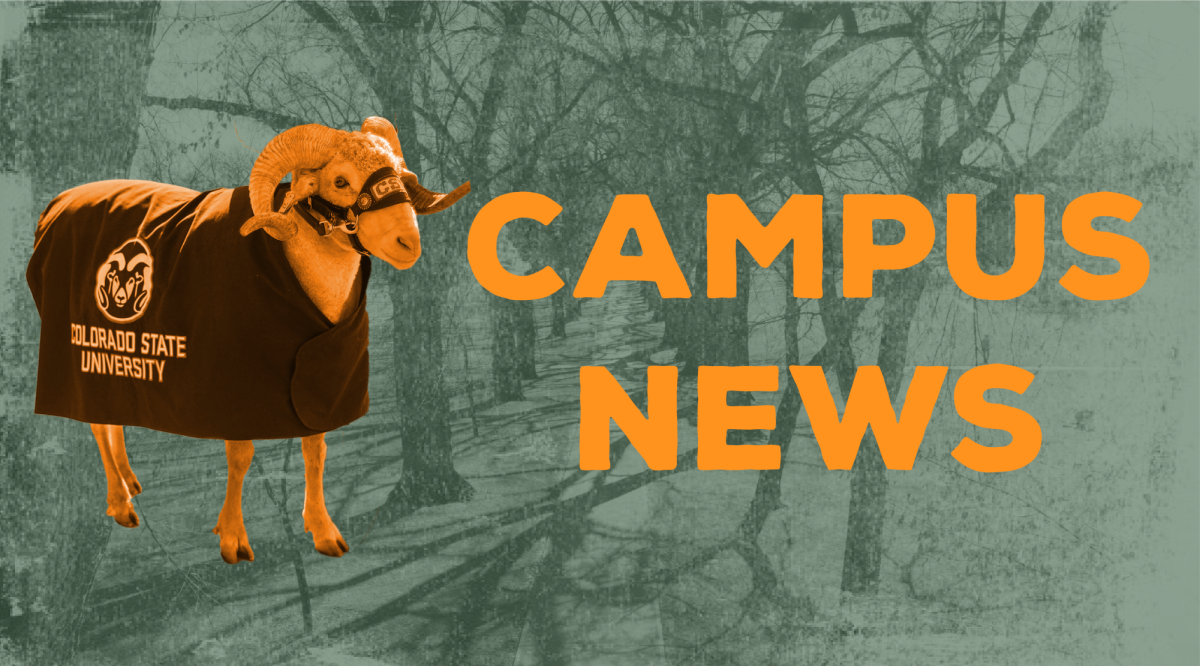
The C.P. Gillette Museum of Arthropod Biodiversity has housed one of the most extensive arthropod collections in the region in one of the smallest spaces on campus for the past 12 years.
The museum, which is located in the basement of Laurel Hall, contains more than three million specimens and is considered one of the largest collections in the Southern Rocky Mountain region.
Ad
The museum has many uses, including aid in training for students, international loans of collections for research and outreach programs. It is also open to anyone in the community.
The museum has been a part of the campus since 1891, when C.P. Gillette, one of the leading entomologists in the country and an international expert on aphids, established the museum.
“We still have all of [Gillette’s] material that he left here,” said director of the museum Boris Kondratieff. “Of the three million specimens, there’s probably several thousand from his original collections.”
Kondratieff has been the director of the museum since 1986. Since then, the collection has moved twice. Originally, it was located on the fourth floor of the Anatomy/Zoology building until the Department of Entomology separated from the Department of Zoology. From there, they moved into the space the Department of Botany used to occupy in the Plant Sciences building. In 2002, the Plant Sciences building was to be renovated, moving the collection again into a temporary location in Laurel Hall.
“We were only supposed to be in here a couple of months,” Kondratieff said. “Then Governor Owens at that time froze all capital construction funds because of the State’s budgetary problems and everything died.”
The original plan was to create a Natural History museum in the third wing of the Plant Sciences building, which would include the Gillette museum, the herbarium, the larval fish collection and the geology collection. The department had spent $6,000 on architecture plans when former Governor Ritter froze all capital construction due to the state’s financial distress. Because of these setbacks, Kondratieff explained the museum has been in its current location for 12 years.

Issues have risen due to the lack of space the museum has now. There are low ceilings, no ventilation system and no windows. Kondratieff and Assistant Director Dr. Paul Opler have installed their own exhaust fans in the museum for ventilation. They have also had to use fumigants inside the building to prevent other bugs from destroying the specimens. Their collection is still growing, but they are running out of space.
“The space issue has been a real headache,” said Dr. Donald Bright, a volunteer bark beetle expert at the museum. “It’s so crowded in there, sometimes I can’t curate the collection. I can’t organize it, and I get frustrated.”
Parts of the arthropod collection, which is valued at $6 million, have been moved into the archives of the library due to lack of space. With no line item budget, the museum will have to rely on donations from alumni and community members to help fund a larger space.
Ad
“The budgetary issues concerning the museum come from the state, not the university,” said Tom Holzer, head of the Department of Bioagriculutural Sciences and Pest Management. “The Natural History Museum would cost $15 million to $20 million, and it’s never gotten that high enough of a priority from the state. It’s not that no one thinks it’s not valuable, but there are no easy solutions.”
Collegian Reporter Amy Borngrebe can be reached at news@collegian.com or on Twitter @ABornCollegian.







